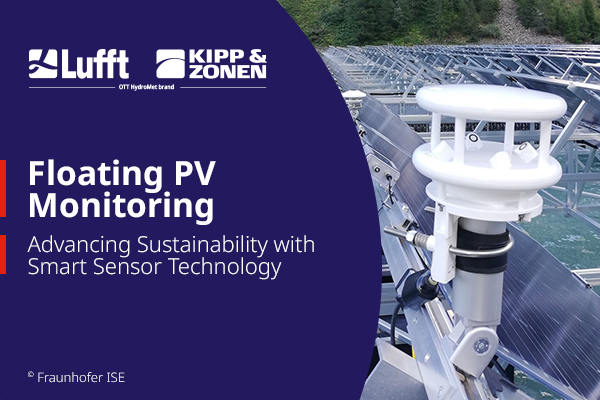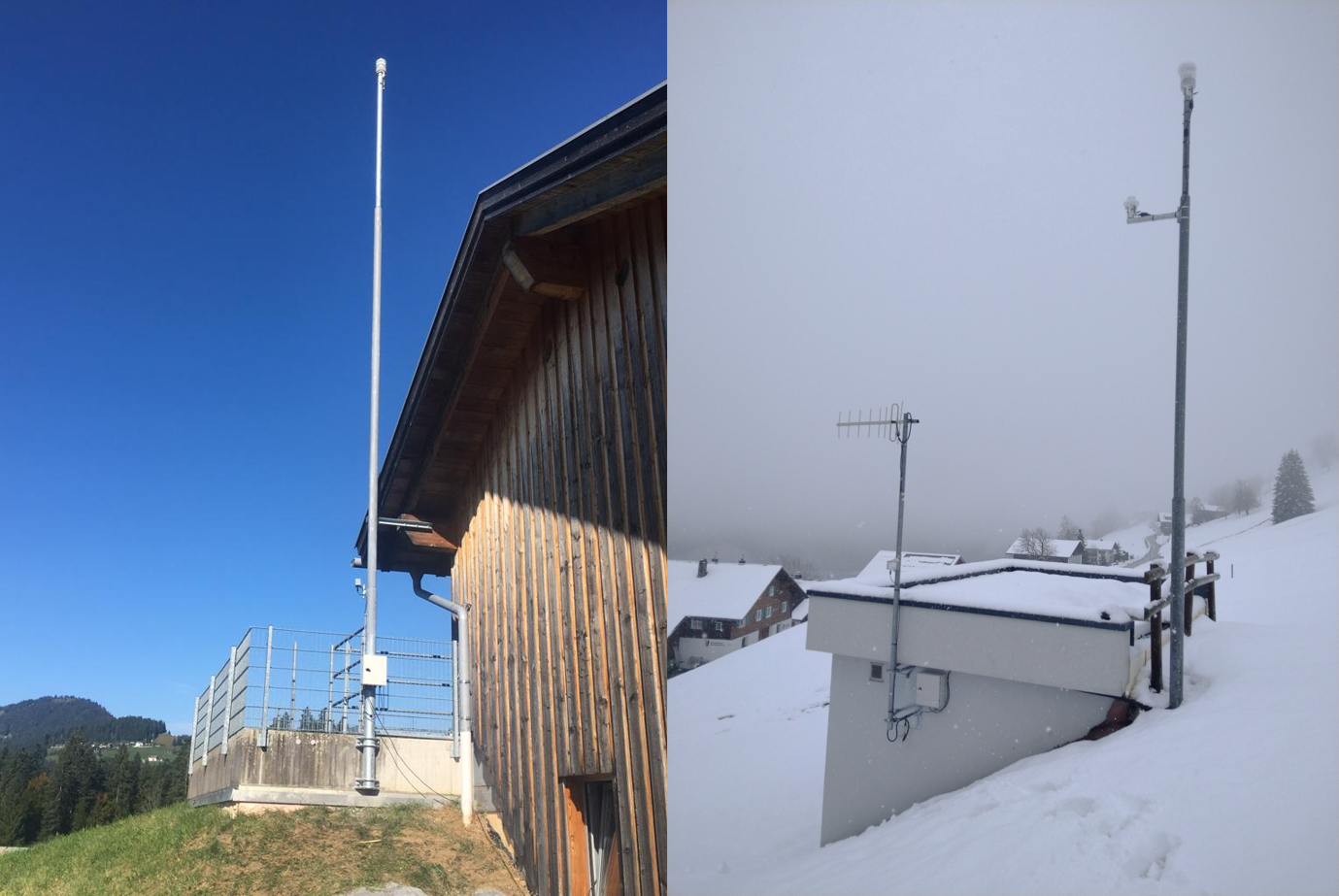Wherever snowfall, low temperatures and high wind speed dictate the weather conditions, it is obvious that all technical equipment is working at the limits of their capability. At the same time, the extreme weather conditions are the main reason why frequent and precise measurement of weather data is so important. This was the challenge that Lufft faced when they installed their Ventus-UMB Ultrasonic Anemometer on Whistler Mountain.
Photo-Credit: vichie81 – Fotolia.com
Whistler Blackcomb in British Columbia, Canada is a very popular skiing region. The Olympic Winter Games of 2010 in Vancouver have also added much to its popularity. It is obvious that people who go there on vacation are mainly looking forward to one thing: snow and perfect conditions for winter sports of all kind. The region has up to remarkable 40 feet of snow every season. Knowing this, it is hardly surprising that the amount of snow, the wind speed and the temperature are the most important and most frequently updated data on the region’s official homepage. Only based on reliable weather information, the popular skiing and hiking trips can be planned. Manager of touristic events, guests and their families, hotel owners… they all depend on detailed weather forecasts. Data about closed and open ski lifts and grooming, even avalanche prognostics, everything is carefully kept up to date and all visitors of the region can rely on the information.
Wherever snowfall, low temperatures and high wind speed dictate the weather conditions, it is obvious that all technical equipment is working at the limits of their capability. At the same time, the extreme weather conditions are the main reason why frequent and precise measurement of weather data is so important. This was the challenge that Lufft faced when they installed their Ventus-UMB Ultrasonic Anemometer on Whistler Mountain. As soon as it was put up, a snowstorm front hit Whistler Mountain and much of the technical equipment installed there stopped functioning, whereas the Ventus-UMB Anemometer with its integrated heating system kept going and continued to send reliable data. The Ventus-UMB operates maintenance free and without mechanical parts that would be liable to wear under these extreme conditions. These features make it the ideal choice for weather monitoring in extremely cold and snowy regions like Whistler Blackcomb. After their first device performed so well, Lufft is now planning to install additional Ventus-UMB Anemometers in the near future.



